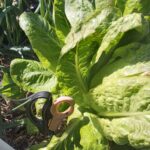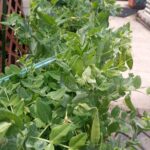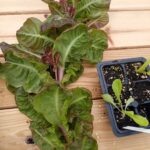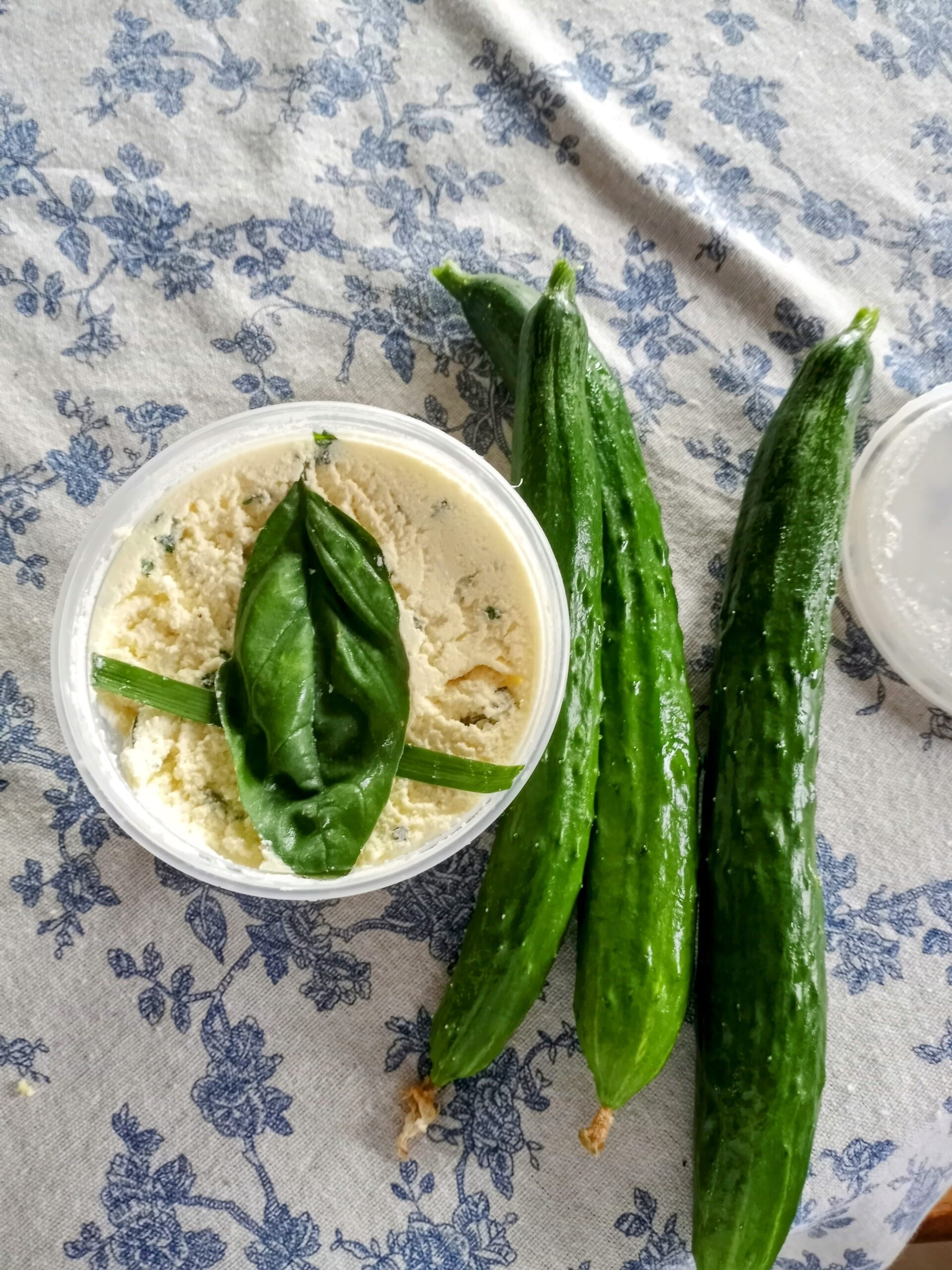Keeping Peas Pleasant: How Temperature Affects Snow and Snap Peas
The short answer: Both snow peas and snap peas thrive in cool temperatures between 55-70°F and struggle when temperatures climb above 75°F. These delightful climbing legumes—the very essence of spring in the garden—require thoughtful attention as warmer days approach. In my experience, understanding their temperature preferences and implementing protective measures can extend your harvest by several weeks, even as summer’s heat begins to make its presence known. Let me share with you the gentle art of nurturing these tender vines through seasonal transitions.
The Temperature Sweet Spot for Peas
Garden peas (Lathyrus oleraceus) are quintessential cool-season crops that grace our spring tables with incomparable sweetness. These climbing beauties prefer temperatures between 55-70°F, making them perfectly suited to those glorious days when winter’s grip has loosened but summer’s intensity remains at bay. The tender shoots emerge when soil temperatures reach about 45°F, sending up those distinctive reddish stems that gradually transform into elegant, climbing vines.
How Different Temperatures Affect Pea Development
One might consider the life cycle of peas as a graceful dance with the thermometer. When temperatures remain below 70°F, pea plants focus their energy on vegetative growth and pod production. The vines extend upward with remarkable vigor, their delicate tendrils reaching for support as they climb. Those perfect spring days encourage robust root systems and sturdy stems. Yet as temperatures begin to climb above 75°F, you’ll find that pea plants shift their priorities dramatically. Rather than continuing their leisurely production of pods, they accelerate toward seed maturation and completion of their life cycle. In gardening, as in life, paying attention to these subtle transitions allows us to respond with appropriate care.
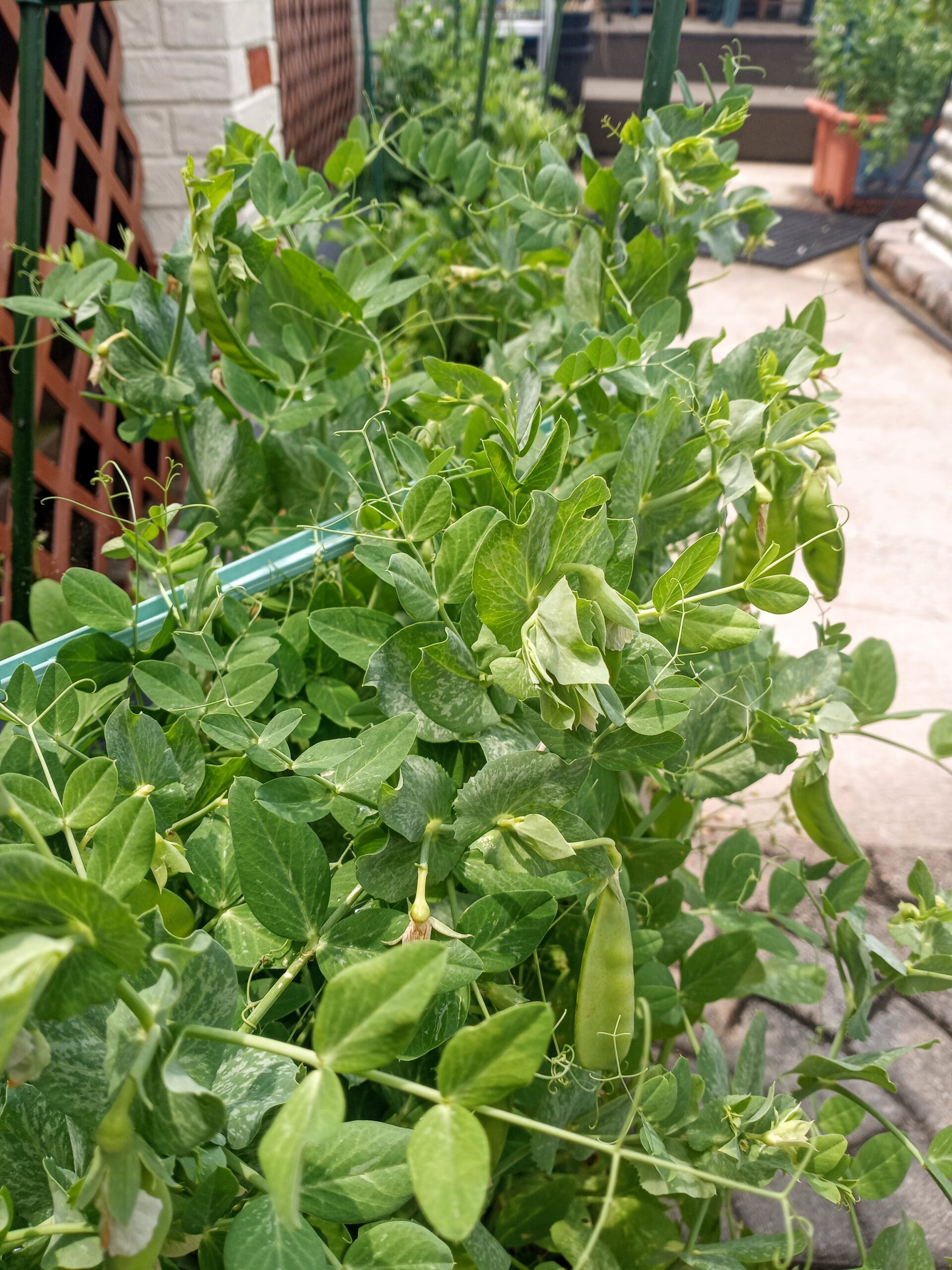
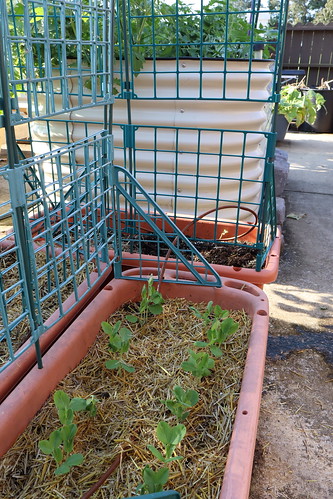
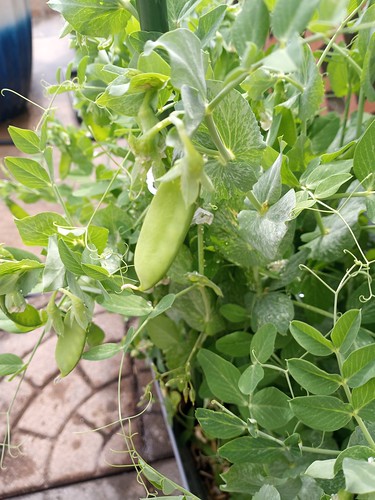
Signs of Heat Stress in Pea Plants
I believe gardens should be both beautiful and productive, which means learning to recognize when our plants are communicating distress. When peas experience temperatures above their comfort zone, they send us several clear signals. The once-vigorous flowering may suddenly cease, with existing blooms dropping before pods can form. The leaf edges might develop a scorched appearance, or the entire plant may take on a slightly wilted posture despite adequate moisture. You’ll notice that new pods develop more slowly, and those that do form may be shorter, with fewer peas inside. Most telling of all is when your previously productive vines begin to yellow from the bottom up—a sure sign that the plants are hastening toward the end of their natural cycle.
The satisfaction of harvesting diminishes as heat-stressed peas often lose their sweet flavor, becoming starchy and less crisp. As any Southern gardener knows, this progression occurs earlier in warmer regions, where the window for perfect pea-growing weather can be frustratingly brief. Yet with thoughtful intervention, we can extend this precious season.
Practical Ways to Mitigate Heat Stress
When warm weather threatens to curtail your pea harvest, consider implementing these graceful solutions. Begin with thoughtful timing—sowing your peas as early as your climate allows gives them maximum productive time before summer’s heat arrives. In my experience, applying a generous layer of straw mulch around the base of plants serves multiple purposes: it keeps roots cooler, retains consistent soil moisture, and suppresses weeds that would compete for resources. The garden offers us lessons in patience and reward, and proper mulching exemplifies this principle beautifully.
You’ll find that providing afternoon shade becomes increasingly valuable as temperatures rise. I’ve had success with shade cloth draped over hoops or trellises, creating a filtered-light environment that reduces temperature by several critical degrees. For container-grown peas, consider repositioning them to take advantage of natural afternoon shade from trees or structures. Watering practices, too, must adapt—morning irrigation that thoroughly moistens the root zone without wetting foliage helps plants endure afternoon heat. A drip irrigation system delivers moisture precisely where needed while conserving water. And there’s nothing quite like the flavor of peas harvested in their prime, so pick pods frequently to encourage continued production and prevent the plants from accelerating toward seed formation.
Planning for Succession and Looking Ahead
The garden teaches us to embrace seasonal rhythms rather than fight them. While extending your pea harvest through heat mitigation is worthwhile, I also recommend planning for succession. Consider heat-tolerant alternatives like yard-long beans or Southern peas that thrive when temperatures soar. Document what works in your particular garden circumstances—the timing, varieties, and protective measures that yield the best results. Come autumn, when temperatures moderate once again, you might consider a fall crop of peas in many growing zones. Meanwhile, save space in your garden plan for heat-loving summer vegetables that will flourish just as your peas begin to fade. This thoughtful progression of crops honors the natural cycles of the garden while keeping your table supplied with the best each season has to offer.

